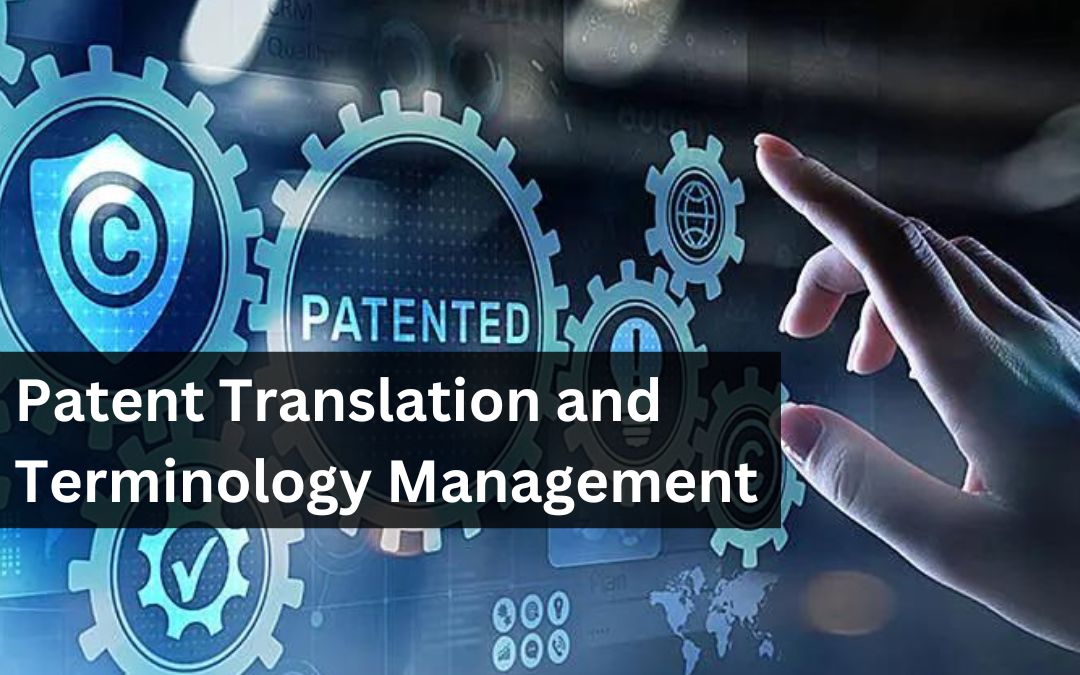Patent translation involves the conversion of patent documents from one language to another. It is a highly specialized field that requires expertise in both language and the technical subject matter of the patent. Additionally, terminology management is crucial in patent translation to ensure accuracy and consistency. Here are key considerations for patent translation and terminology management:
Patent Translation:
- Specialized Knowledge:
- Patent translators need to have a deep understanding of the subject matter, including technical and legal terminology. This often requires expertise in a specific field, such as engineering, biotechnology, or information technology.
- Legal Accuracy:
- Patents are legal documents, and precise language is essential. Translators must accurately convey the legal implications of the original text, including claims and descriptions, while adhering to the legal standards of the target language.
- Consistency Across Jurisdictions:
- Patents may be filed in multiple jurisdictions, each with its own language and legal requirements. Translators must ensure consistency across translations to maintain the integrity of the patent’s protection.
- Formatting and Layout:
- Patent documents often have specific formatting and layout requirements. Translators should be familiar with these standards to ensure that the translated document complies with the guidelines of the patent office.
- Deadlines and Time Sensitivity:
- Patent applications are time-sensitive, and delays can have legal consequences. Translators working on patent documents must be aware of deadlines and deliver translations promptly.
- Confidentiality:
- Patent documents may contain sensitive information. Translators must adhere to strict confidentiality standards to protect the intellectual property and proprietary information contained in the documents.
Terminology Management:
- Glossaries and Terminology Databases:
- Creating and maintaining glossaries or terminology databases is crucial. These resources help ensure consistency across translations, especially in the use of technical terms with specific meanings.
- Collaboration with Subject Matter Experts:
- Collaboration with subject matter experts (SMEs) is essential to understand the nuances of technical terminology. Regular communication with inventors, engineers, or scientists can help clarify any ambiguities in the original text.
- Use of Translation Memory (TM) Systems:
- Translation Memory systems store previously translated segments, allowing for consistency and efficiency in future translations. This is particularly useful for patent translation, where certain phrases or sentences may recur.
- Quality Assurance Processes:
- Implementing quality assurance processes, such as peer reviews or validation by SMEs, helps ensure the accuracy of terminology and the overall quality of the translated patent document.
- Adaptation to Jurisdictional Differences:
- Terminology may vary across jurisdictions, even within the same language. Terminology management should take into account the specific requirements and preferences of the patent offices in different countries.
In summary, patent translation is a highly specialized field that requires expertise in both language and technical subject matter. Effective terminology management is crucial for maintaining accuracy and consistency across translations, ensuring that the translated patents meet the legal and technical standards of the relevant jurisdictions.

